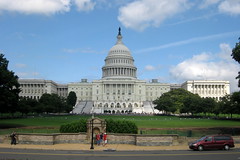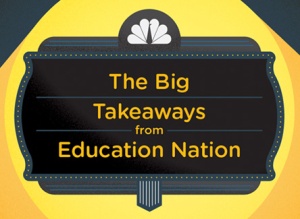The summer beach season has opened officially on the east coast, and while we hear commercials, politicians and even President Obama declaring that the New Jersey shore communities are “stronger than the storm“, we must question the hasty rebuilding of shoreline communities and businesses in time to accommodate the tourist season as a show of strength versus resilience.
Rebuilding homes in these communities, along with replacing board walks and amusement parks, definitely indicates resilience and determination to continue a tradition and industry that is crucial to the region. However, these actions alone do not translate necessarily to strength, a required attribute to prevent such devastation during future storms. The Merriam-Webster Dictionary defines resilience as “the capability of a strained body to recover the size and shape after deformation caused especially by compressive strength”. To that end, many of these communities are resilient in that they have rebuilt and reopened post Hurricane Sandy. On the other hand, the concept of being stronger, by definition implies “an ability to endure stress, pain or hard use without giving way”. It is questionable whether these communities, in their hasty return to open in time for the tourist season, actually adopted measures to ensure that they have greater strength than previously to withstand future violent storms.
An interesting and provocative source for information on rebuilding after a devastating storm can be found in a paper released on December 12, 2012 by the Association of State Floodplain Managers, Inc. This report “outlines some of the actions that communities, individuals, businesses, and state and federal officials can take to reduce the suffering, damage, and risks from events like Hurricane Sandy in the future.” Acknowledging the need to use the destruction caused by Sandy as a learning opportunity to avoid such damage and destruction in the future, this paper alerts us of the need to alter our reaction to violent weather disasters so as not to keep making the same mistakes. As stated in the paper, despite the experience of several hurricanes, including Andrew, Ivan, Katrina, Rita, Wilma, and recently Irene and Sandy, most of the nation still lacks an adequate “rebuilding policy to deal with situations when a large area is impacted by an extreme event.”
This reports details specific steps to take to reconstruct communities that are safer, and disaster resistant. It specifically addresses concerns with deteriorating and poorly designed infrastructure. Changes need to be made in the location of power grids and storm drainage systems. Also, changes in land use, addressing density limits and only allowing open space compatible use is important to protect people in areas that are “100% guaranteed to flood again”. Careful planning and implementation cannot be done in a hasty fashion. To do so places these communities at the risk of new destruction during future storms.
As we celebrate the reopening of the Jersey shore communities in time for the beach season, local, state and federal officials must continue to work to make our communities really “stronger than the storm”, not just resilient to the storm. To do so truly is to “live green, be green.
_________________
Sources for this article:
http://www.floods.org/ace-files/documentlibrary/Hot_Topics/HurricaneSandyRecovery_ASFPM_Actions_12-13-12.pdf







